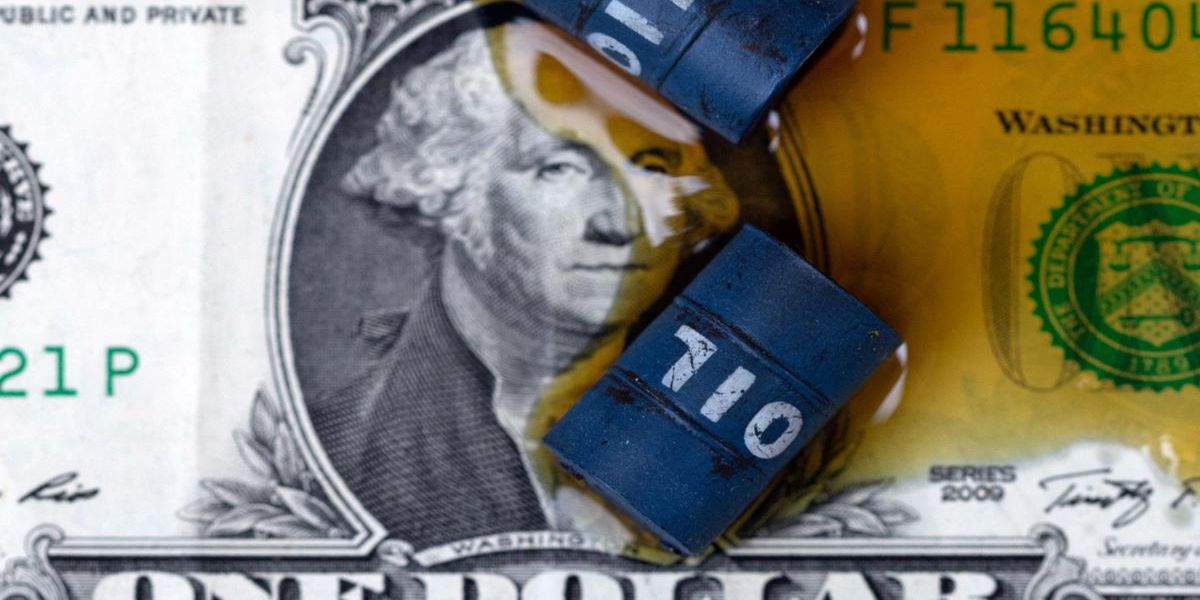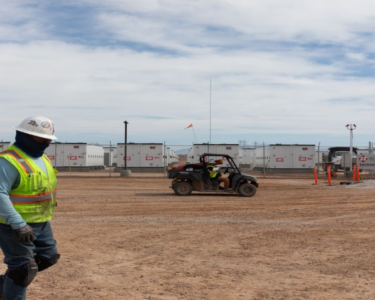In a resounding endorsement of the free market’s efficiency, the world’s premier energy trading giants are convening in London this week, armed with a dilemma that any capitalist would envy: managing their overflowing coffers.
These bastions of private enterprise, largely held by their hard-working employee shareholders, typically keep their financial cards close to their chest. However, insider intel and astute calculations by Reuters suggest that powerhouses like Vitol, Trafigura, Mercuria, and Gunvor are sitting atop a treasure trove of billions, even after distributing historic dividends.
An executive from one of these trading juggernauts, preferring anonymity, stated, “We’ve scaled back on bank borrowing, prudently waiting for sound investment opportunities. Unfortunately, these are scarce, particularly in the green energy sector, which continues to hemorrhage money.”
These trading houses, already pivotal in the global oil, gas, and power markets, face challenges in expansion, exacerbated by the underwhelming performance of wind, solar, and hydrogen investments – much to the chagrin of some investors.
The issue of their substantial cash reserves is expected to be a hot topic during the International Energy Week, as industry leaders gather amidst the grandeur of London’s ballrooms and the homely charm of its pubs.
Vitol, the globe’s top trader, has robustly bolstered its equity to $26 billion, even post a $5 billion dividend windfall following a $15 billion earning streak in 2022. This is according to their confidential balance sheet, perused by Reuters. And projections based on 2023 performance hint at a further climb, potentially nearing $30 billion.
In a similar vein, both Mercuria and Gunvor have amassed around $6 billion each in equity and retained earnings, as per knowledgeable sources. Notably, these figures have not been publicly disclosed before, and all three companies have opted not to comment on the matter.
Their rival, Trafigura, in its latest report, revealed a near 2.5-fold growth in equity, reaching $16.5 billion over four years.
While impressive, these figures still pale in comparison to oil giants like Shell ($188 billion) and BP ($85 billion), as reported in their latest financial statements.
Reflecting on the past decade, most traders traditionally preferred minimal assets and cash reserves, favoring generous dividend payouts to their employee shareholders. Glencore, however, stands as a notable exception, evolving from its Marc Rich roots in the 1970s to amass significant assets in coal and metals, culminating in a public offering in 2011 that raised $11 billion.
Total equity, representing the difference between assets (including retained earnings) and liabilities, is crucial in valuing a company. In the past decade, trading houses have diversified their portfolios, investing in a range of assets from oil refineries to wind farms and metal mines, largely funded through profits and bank loans while maintaining low cash reserves.
The landscape shifted in 2022, with gas prices skyrocketing following a reduction in Russian gas supplies to Europe – a direct consequence of Western sanctions imposed in response to Moscow’s military actions in Ukraine. Traders typically hedge their bets with derivatives, leaning heavily on borrowed funds, and relying on their own cash for the remainder. Soaring prices triggered margin calls, necessitating traders to contribute more of their own money.
Faced with this scenario, a second trading house executive revealed, “We all encountered margin calls and scrambled for bank loans. That’s when we collectively decided to bolster our cash reserves.”
As traders like Trafigura engage with numerous banks, accessing credit lines up to $50 billion, they faced a crunch at the height of the margin call crisis. Banks, hesitant to extend further credit and urging alternatives, saw traders opt to retain earnings as equity.
“We’ve strengthened our equity, leading to a greater proportion of self-financed trades,” disclosed a third executive. This shift, while prudent for traders, implies reduced interest earnings for banks and limits their capacity to extend credit to other clients if large credit lines remain underutilized.
“Banks weren’t keen on exceeding credit limits in 2022, and they were equally unimpressed when traders scarcely tapped into these lines in 2023,” stated a banker from a leading U.S. institution active in the sector.
The consensus among trading executives is that bank borrowing will surge once interest rates drop and more funds are channeled into investments. However, this uptick is yet to materialize.
A fourth trading executive disclosed, “Sometimes traders simply borrow funds, only to redeposit them, earning interest from the same or a different bank.”
This scenario paints a vivid picture of the dynamic, robust world of energy trading, where savvy market players navigate the complex interplay of finance, investment, and global energy demands.




